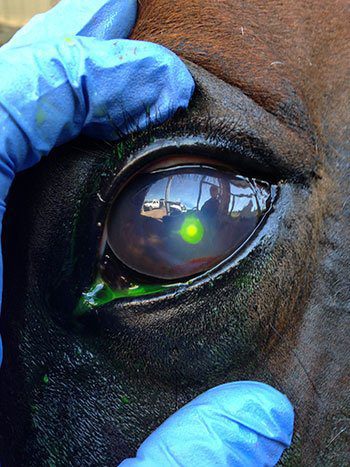
During Summer, the unrelenting heat is balanced by seasonal rains, with many thunderstorms leaving the ground wet and muddy. These conditions lead to the development of several common – and frustrating – hoof problems.
- Soft hooves
Moist conditions create softer hooves, which can predispose your horse to a number of common hoof problems, including bruises. Bruises can result from a short trim, an improperly fitted shoe, stones, hard landings and even sudden changes in surfaces.
Just like us, a bruised hoof can make movement uncomfortable, if not painful. P Daily cleaning of your horse’s hooves, and the wearing of shoes or hoof boots can help to prevent bruises.
- Abscesses
Bacteria thrive in moist conditions and there are many nasties that can cause havoc to your horse’s hooves. When bacteria invade the hoof and multiply, pus builds up and needs to be released. This may occur on its own or may need to be done manually.
When caught early, abscesses are usually easily treated. Sudden limping or lameness are common indicators. With the support of your veterinarian or farrier, create a poultice once the abscess has been fully drained. Regular hoof care and dry footing will help to prevent them.
- White line disease
A disease of many names, often called seedy toe in Australia, this is a fungal disease brought on by moist conditions. The offending bacteria are anaerobic, meaning they survive without oxygen, making the hoof an ideal location, where they cause cracks or holes.
The bacteria are killed by exposure to oxygen by a professional veterinarian or farrier trim. It’s important to practice hoof hygiene with your horse to prevent white line disease. Check and clean their hooves regularly, along with regularly hoof care.
- Thrush
Finally, another common fungal disease, thrush is identified by its dark and odorous discharge, as opposed to white line disease, which is white and dry. As mud gets packed into the hoof, bacteria begin to establish and eat away at the tissue.
If your horse is infected with thrush, it must be treated by commercial medication. Daily cleaning and checking around the frog area will help to catch thrush early. Regular hoof care and dry footing will also assist in preventing its onset, just like abscesses.



